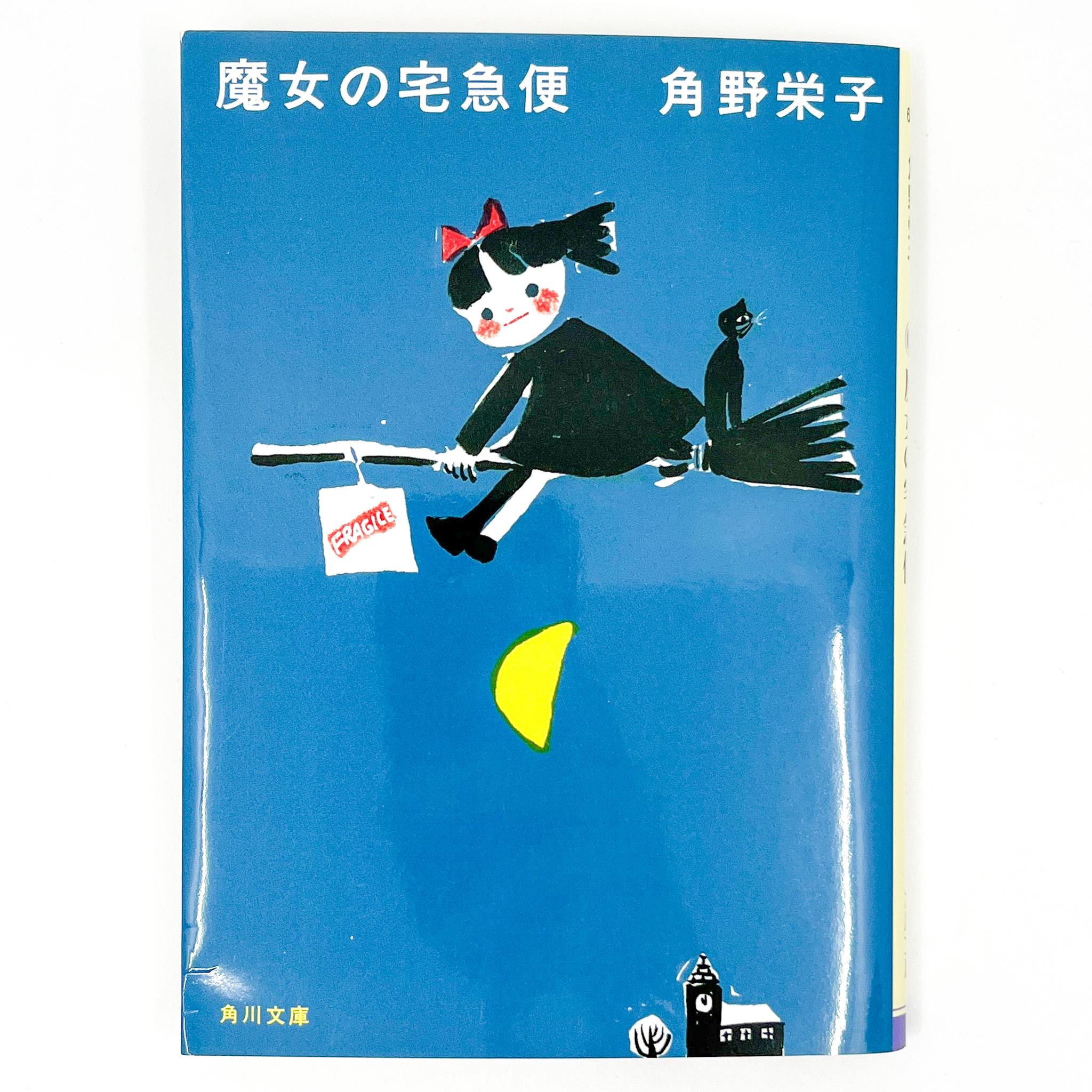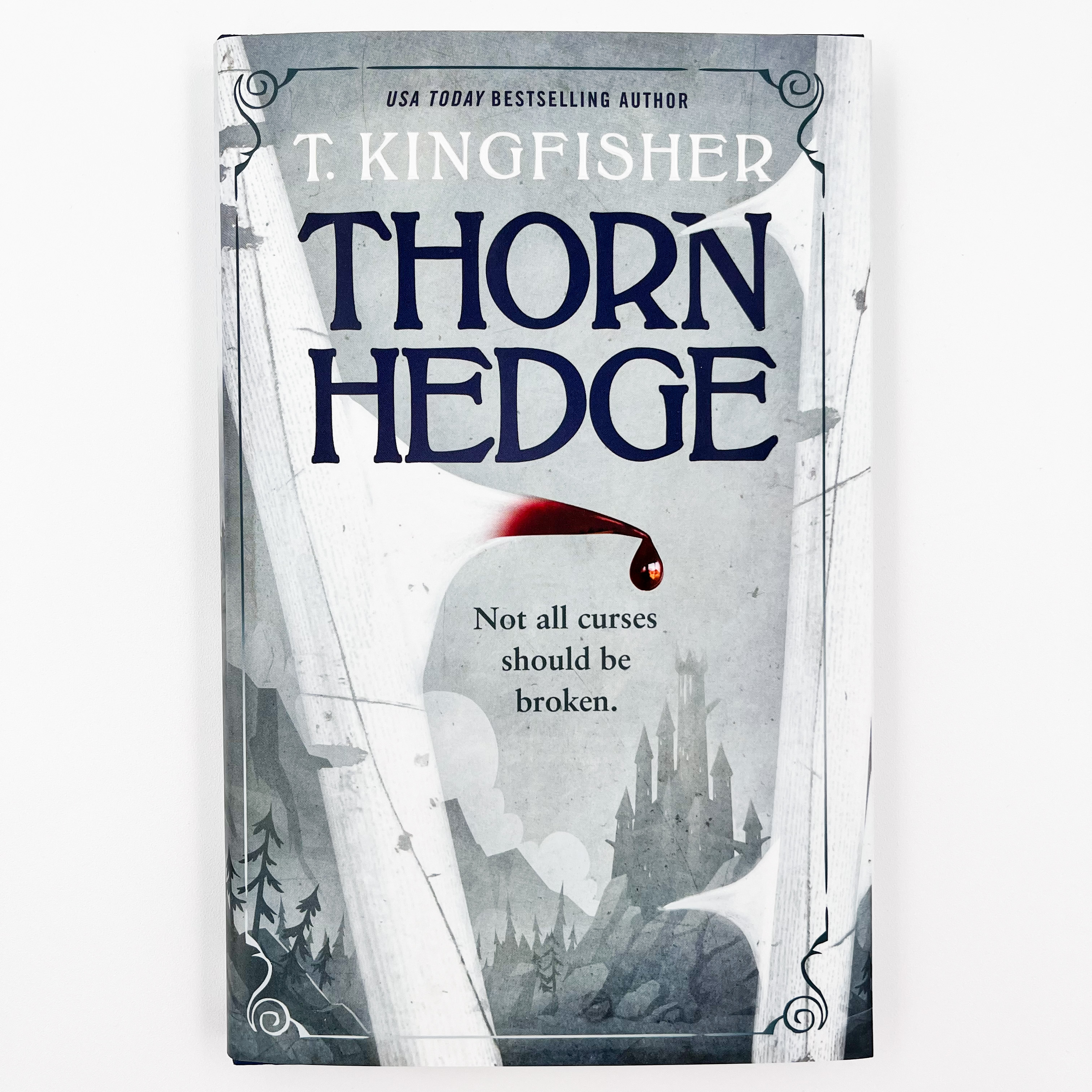Novel Review: 魔女の宅急便 by Eiko Kadono

魔女の宅急便 (Kiki's Delivery Service) was the very first novel I bought in Japanese. I loved the Studio Ghibli movie adaptation and wanted to know how different it was from the source material. Those reasons, coupled with the fact that the novel is often recommended for beginners, made it an obvious choice for my first entry into the world of Japanese literature. I remember the excitement I felt when I finally got my hands on it... and how quickly that excitement faded as I pried open the book and was met with a wall of kanji. After spending nearly an hour trying to make sense of the first page, I begrudgingly acknowledged that the novel was far too advanced for beginner reading level. Instead of forcing my way through it, I decided to shelve it with the hope that I'd return to the novel once my Japanese improved.
Nearly a decade later, I stumbled upon the book again while preparing for a move. I finally got around to reading it this weekend and wanted to share some thoughts.
I won't be giving a very in-depth synopsis of the novel but I will touch upon some story points. If you want to go into the novel blind or haven't seen the movie yet, I'd recommend clicking away from this post.
Story Overview
魔女の宅急便 tells the story of Kiki, a young witch who, as per witchy tradition, must leave home and live by herself for a year. Joined by her cat Jiji, she decides to settle down in the seaside town of Koriko. Although she is met with some resistance by townsfolk who dislike witches, Kiki is offered a place to live and opens a delivery service business.
If you've seen the movie, you're probably already familiar with what I just described. The movie follows the first four chapters of the novel very closely. The rest of the novel, however, is completely different.
While the first four chapters of 魔女の宅急便 follow a linear story, the other chapters are non-sequential. Each chapter is a slice-of-life episode that features a day or two in the life of Kiki as she completes a delivery. Some deliveries are more mundane than others. In one chapter Kiki is asked to deliver a poem, while in another chapter Kiki is asked to break into a moving high-speed train to deliver musical instruments.
I think it's important to mention that 魔女の宅急便 is the first novel out of a series of six. Due to the length of the series and episodic nature of the first novel, characters like Tombo or Osono who have major roles in the movie only appear a handful of times. Once a chapter is over, the characters or events from that chapter are rarely ever brought up again.
My Thoughts
I waited too long to read 魔女の宅急便.
I think I would have enjoyed the story a lot more when I was a Studio Ghibli obsessed middle-schooler. 魔女の宅急便 is a children's novel and it really shows. Don't get me wrong - I have no aversion to consuming media that's targeted at a younger audience. I mean, most of the stuff I read nowadays is light novels and, if you've been following this blog, you'll know that I'm no stranger to children's stories. I think what I'm trying to say is that there are stories that are written for people of all ages and there are stories written specifically for children. I feel like 魔女の宅急便 falls into the latter category.
魔女の宅急便 is written in a very childlike way. If you have any knowledge of Japanese, you probably know what I'm talking about. Most descriptions are given in the form of onomatopoeia. Most of the dialogue, including the lines said by adults, is written very casually. The episodic tales don't make a whole lot of sense in terms of how the events play out. Some chapters like the one about the love letter or the one about the clock are excusable to me because they're whimsical and charming. On the other hand, chapters like the one about the laundry lady or the one about the sailors were just tedious, making their faults a lot more obvious. I could see how a child would enjoy them but as an adult, most of the episodic plot points felt illogical and uninspired.
As with the story, I think I would have enjoyed 魔女の宅急便 more as a Japanese learner around the JLPT N4 or N3 level. I had just finished Genki II when I first attempted the novel. I found it far too advanced at the time, but I wonder if I would have enjoyed it if I had just pushed through. At my current level of Japanese, I found the text to be kind of annoying. While the novel does contain some kanji, most of text is written in kana alone. Most of 教育漢字 is written in kana while kanji like 藁 is included without furigana. I'm sure this makes sense to a Japanese child but from the point of view of someone who learned Japanese as a second language, I found it a little head scratching. To be honest, reading 魔女の宅急便 made me realize that I may have become a little too reliant on kanji.
I want to reiterate that I have no problems with the fact that this is a children's novel. I just want to make it clear that if you are an adult who picked up this novel because of the Studio Ghibli movie adaptation, you may be a little disappointed. The story and the way it is written are only problems if plan to use the novel as a learning source as an adult. I really wish that I persevered and read 魔女の宅急便 when I was part of its target audience.
